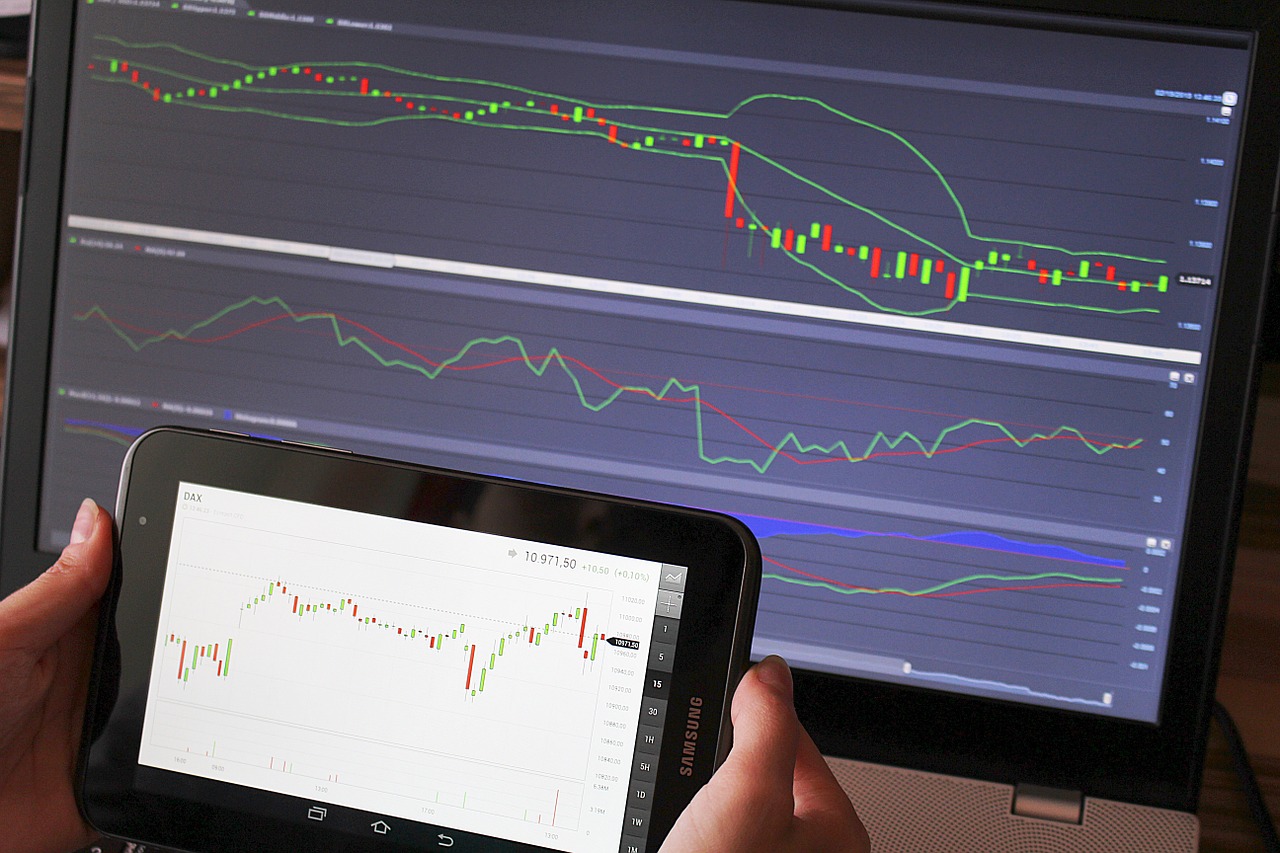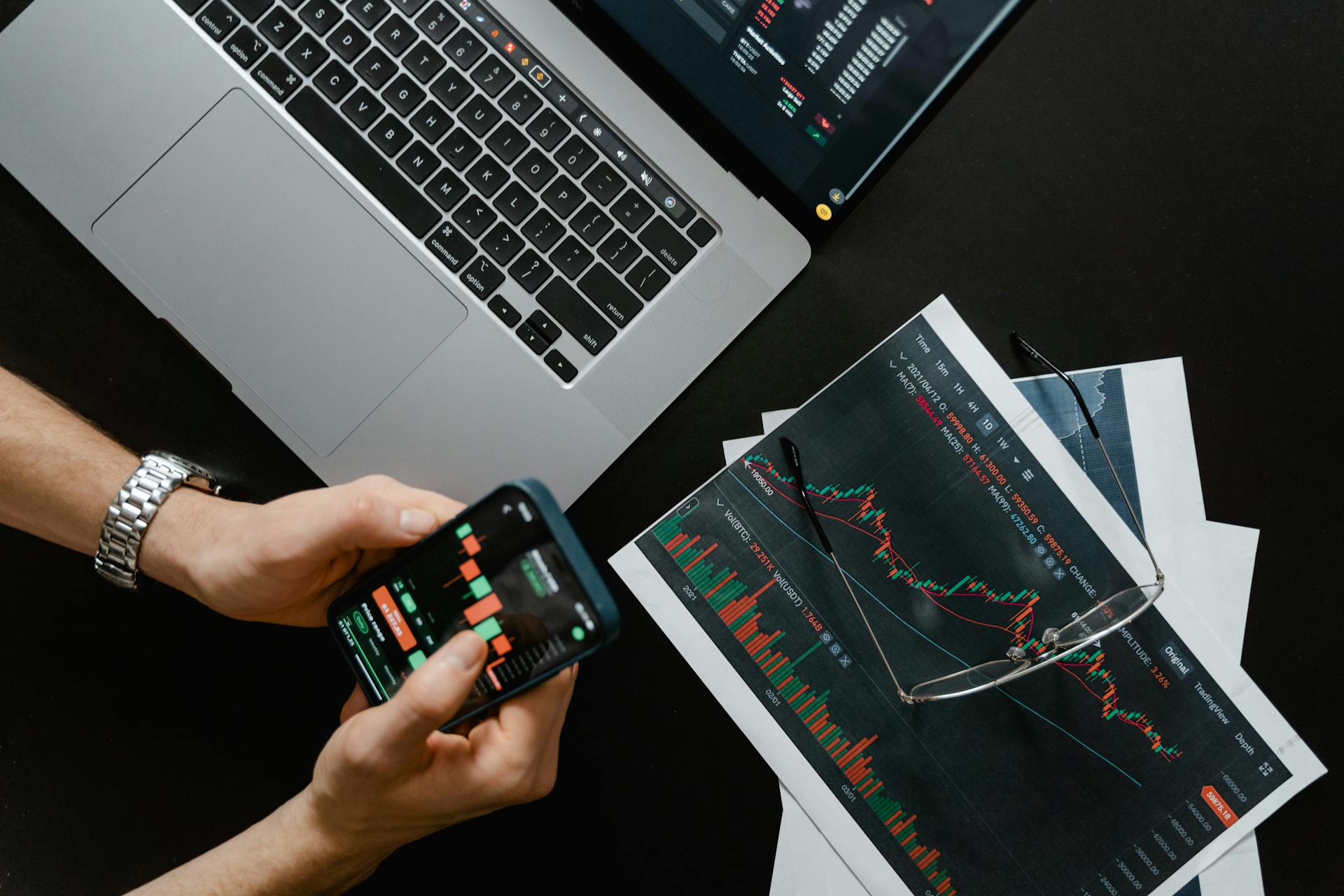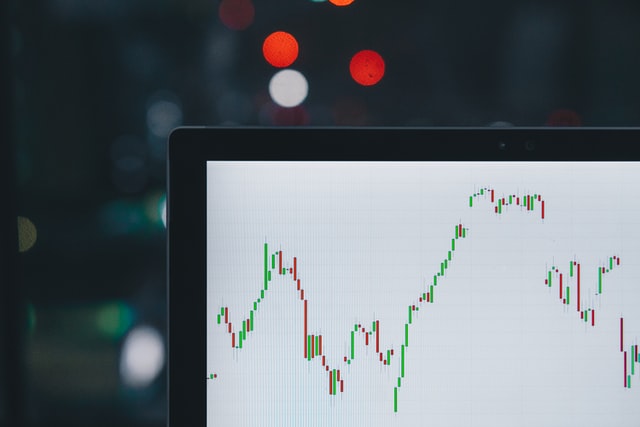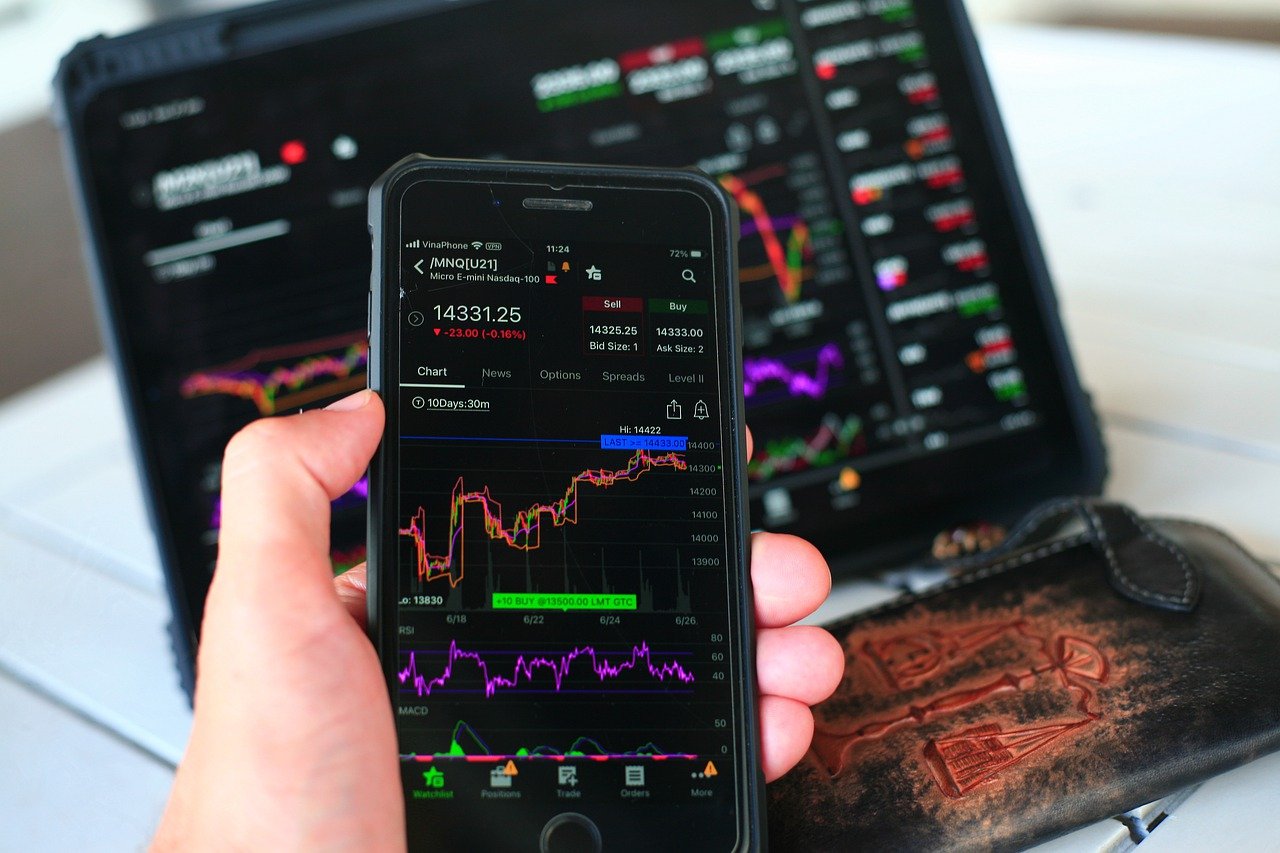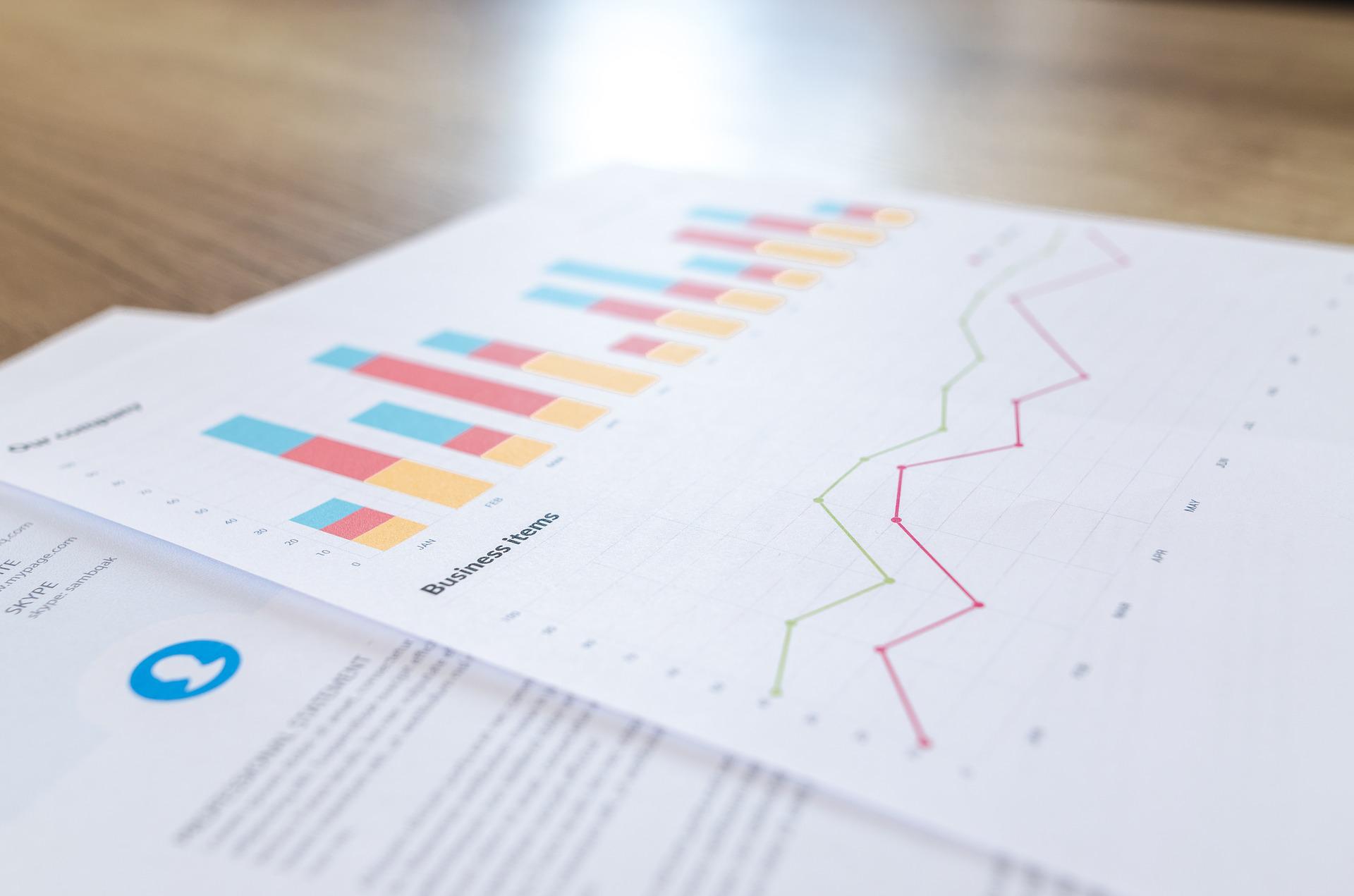What are sentiment indicators, and how do they work?
In the forex trading world, sentiment indicators are essential tools for traders to use when making trading decisions. This article will look at what sentiment indicators are and how they work.
What are sentiment indicators, and what do they measure?
Sentiment indicators are a technical analysis used to gauge market participants’ overall mood. There are a variety of sentiment indicators, but they all measure the same thing: how bullish or bearish traders are at a given time.
Sentiment indicators can help find turning points in the market, as well as for confirming trends. For example, if a sentiment indicator shows that traders are becoming increasingly bullish, this may be a sign that a market is about to turn higher.
Conversely, if sentiment turns bearish, it could signify that a market is due for a correction. While sentiment indicators should not be used as the sole basis for making trading decisions, they can be a helpful tool for spotting potential opportunities.
How can sentiment indicators help traders make better decisions?
When trading currencies, sentiment indicators can give traders a vital insight into how the market feels. Generally, there are three sentiment indicators: Fear & Greed, Momentum, and Sentiment Ratios. Each type measures something different, but all can be useful in trading decisions. For example, the Fear & Greed indicator measures how much fear or greed is present in the market by looking at factors such as volatility and volume. If fear is high, it may signal that the market is oversold and due for a rebound.
On the other hand, if greed is high, it may signify that the market is overbought and is due for a correction. Similarly, momentum indicators can help traders Gauge whether the market is moving in a bullish or bearish direction. And finally, sentiment ratios provide insight into how many other traders are taking long or short positions.
By considering all these factors, traders can get a well-rounded view of the market and make more informed decisions when trading currencies.

What are some of the most popular sentiment indicators?
Several different sentiment indicators are used in forex trading today. Some of the most popular include the Commitment of Traders report, the Put/Call Ratio, and the DailyFX Speculative Sentiment Index. Each of these indicators provides valuable information about the current state of the market and can help traders make more informed decisions about their trades. For example, the Commitment of Traders report shows the number of contracts held by long and short positions.
At the same time, the Put/Call Ratio indicates a bearish or bullish sentiment. The DailyFX Speculative Sentiment Index is a Composite Indicator that considers some measures, including open interest and price action, to give a complete picture of market sentiment. By understanding and using these sentiment indicators, traders can better understand where the market is heading and make more informed decisions about their trades.
How can you use sentiment indicators to improve your trading strategy?
One way to improve your forex trading strategy is incorporating sentiment indicators into your analysis. You can better understand when to buy and sell by tracking other market participants’ moods.
There are multiple ways to measure sentiments, but one popular method is to track the number of bullish and bearish articles about a currency pair. If the ratio of bullish articles starts to increase, it could be a sign that the market is getting ready to turn up.
On the other hand, if the ratio of bearish articles starts to increase, it could be a sign that the market is getting ready to turn down. By paying attention to sentiment indicators, you can get a head start on making profitable trades.
Are there any risks to using sentiment indicators?
When engaging in forex trading, some investors may choose to use sentiment indicators as a way of predicting market movements. While these indicators can be helpful, it is vital to be aware of the risks associated with using them.
One risk is that sentiment indicators are often based on opinion and can be subjective. It means that they may not always accurately reflect the underlying market conditions. In addition, sentiment indicators tend to be lagging indicators, which means that they can provide information about past market movements but may not be accurate in predicting future movements.
As a result, investors should use caution when relying on sentiment indicators and supplement them with other forms of analysis.
Final thoughts
Sentiment indicators are one of forex traders’ most critical tools to predict future price movements. By definition, sentiment indicators measure market participants’ feelings about particular security or asset class. There are many different sentiment indicators, but all share one common goal: to gauge overall investor sentiment and identify potential buying or selling opportunities.

